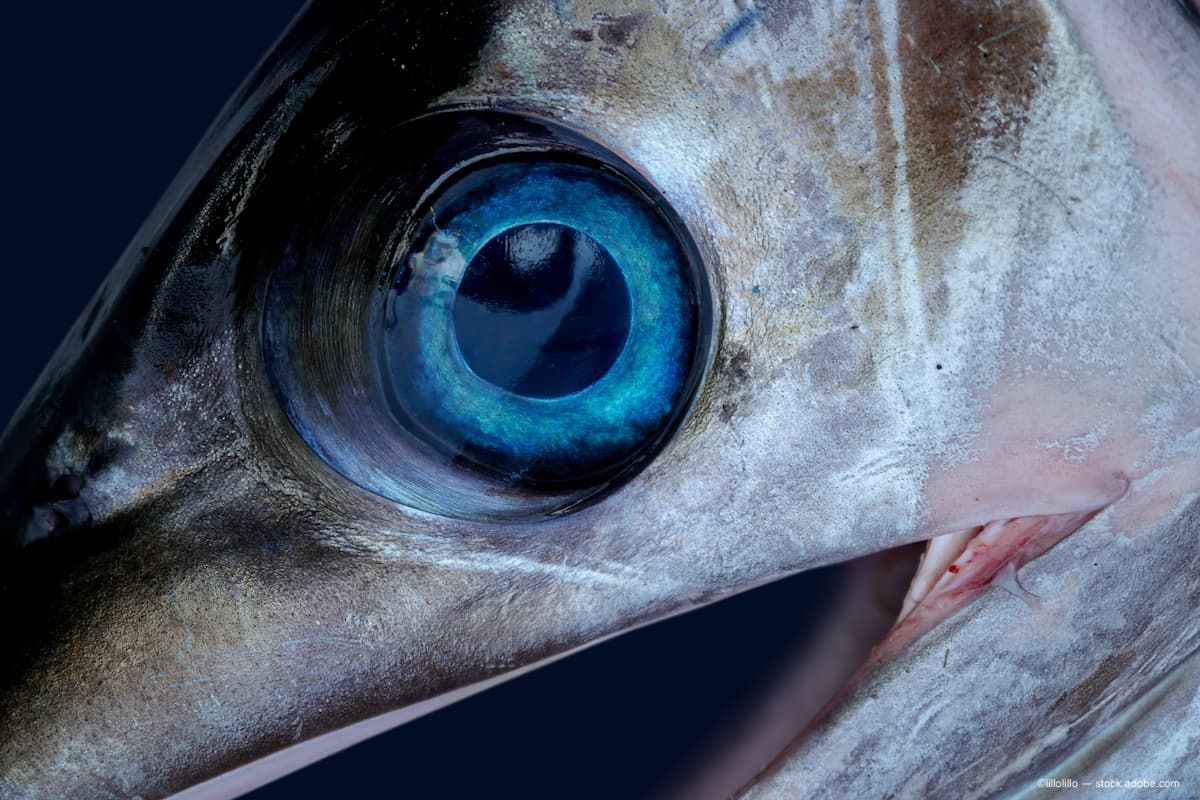News
Article
Study: Fish-like genetic program used to turn human Müller glia cells into neurons
Author(s):
Fish have the built-in ability to regenerate retinal neurons by turning another retinal cell type called Müller glia into neurons. Researchers have been able to coax the human Müller glia into changing identity in the laboratory, which could serve as a potential source of new neurons to treat vision loss.
(Image Credit: AdobeStock)

The loss of neurons in the retina as a result of trauma or disease leads to a loss of vision which is irreversible in humans. However, some animals, such as fish, have the built-in ability to regenerate retinal neurons by turning another retinal cell type called “Müller glia” into neurons.
According to research1 by Thomas Reh, PhD, Juliette Wohlschlegel, PhD, and colleagues at the University of Washington, the human Müller glia can be coaxed into changing identity in the laboratory, which could serve as a potential source of new neurons to treat vision loss.
The study was published in the journal Stem Cell Reports.
"Overall, our study provides a proof-of-principle that human glia can be reprogrammed to cells that are capable of making new neurons,” Reh said in a news release.2 "This opens up an entirely new way to repair the retina in people that have lost neurons to disease or trauma."
According to the news release, from the International Society for Stem Cell Research, Müller glia are supportive cells in the retina which help photoreceptors and other retinal neurons to function properly.2
The researchers noted that in some species, including fish and birds, Müller glia turn into immature retinal cells upon injury and subsequently generate new retinal neurons. In the mammalian retina, Müller glia react to injury with scar formation and inflammation without making new neurons.
According to the study, it is believed that the difference in behavior is based on different genetic programs being activated in fish versus mammalian Müller glia after injury. Artificial activation of a fish-like genetic program can turn mouse Muller glia into retinal neurons according to prior research.
To this point, it has not been determined whether the same strategy can be used to convert human Müller glia into neurons. Setting out to find out, the researchers genetically modified human Müller glia in the lab to switch on neurons-specific genetic programs, as it naturally happens in fish. Indeed, within a week, the genetically modified cells adopted neuron-like characteristics resembling immature retinal neurons.
According to the news release, these findings suggest that human Müller glia can be coaxed into neurons and may serve as a resource to generate new neurons in patients’ retinas in the future. Moreover, Müller glia in this study were derived from immature Muller glia and it remains to be seen if similar approaches can transform adult human Muller glia into neurons, and to what efficiency.2
The researchers noted in the study their work indicates evidence of regenerative capacity in human MG.1
“This study constitutes a proof of principle that the human MG, as well as the mouse MG, can be reprogrammed into neurons after the over-expression of the pro-neural TF ASCL1. In the context of restoring vision loss, cell transplantation and regenerative strategies have the potential to restore lost neurons and represent complementary approaches,” they concluded in the study. “However, while stimulation of regeneration may someday be a viable strategy to repair the human retina, many challenges remain. We anticipate that future studies will continue to build on our findings, to explore the regenerative capacities of adult MG in degenerative contexts.”
References:
Juliette Wohlschlegel, Connor Finkbeiner, Dawn Hoffer, Fred Rieke, Sam A Golden, Thomas A. Reh. ASCL 1 induces neurogenesis in human Müller glia. Published November 30, 2023. Accessed December 1, 2023. DOIL https:..doi.org/10.1016/j.stemcr.2023.10.021
Isscr Fish-like genetic program used to turn human retinal cells into neurons, EurekAlert! Available at: https://www.eurekalert.org/news-releases/1008981. Published November 30, 2023. Accessed December 1, 2023.
Newsletter
Don’t miss out—get Ophthalmology Times updates on the latest clinical advancements and expert interviews, straight to your inbox.





